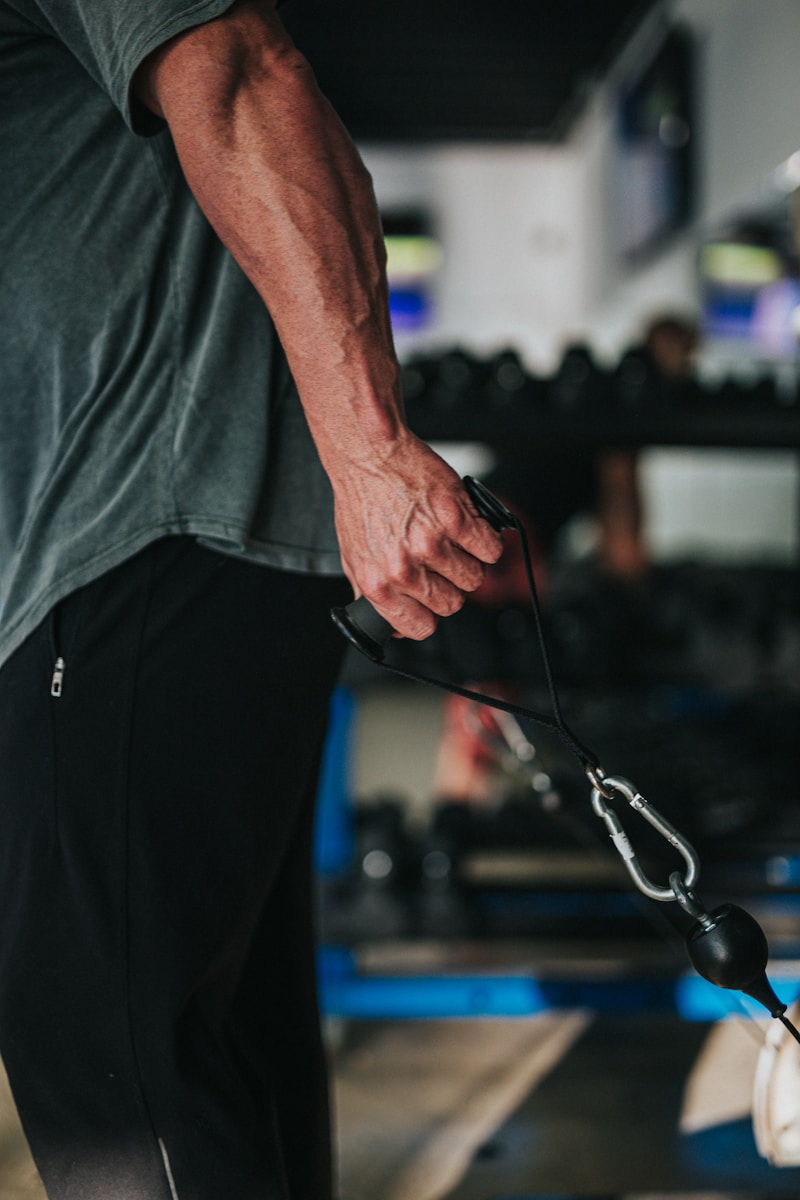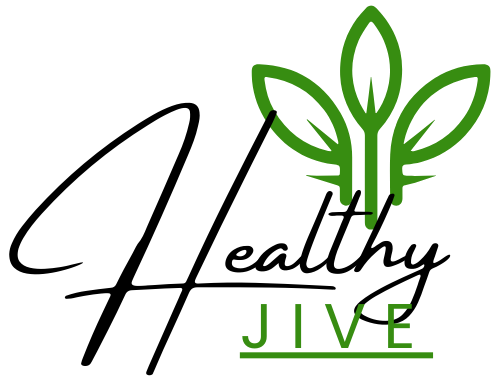

Medically appraised by Jake Tipane, CPT — By Travis Edwards, PT, MPT and Saralyn Ward — Latest update on February 15, 2022
Table of Contents
- Introduction
- Identifying Your Core Muscles
- How to Activate Your Core
- Exercises for Core Stability
- The Functions of the Core
- Situations That Involve Your Core
- Conclusion
- About the Authors
- Resources and Further Reading
Introduction
The phrase “activate your core” might have crossed your path at least once in your life, even if you haven’t stepped into a gym or scanned through a fitness magazine. Sometimes, it’s gently suggested, while other times, it’s screamed out loud while you’re pushing through your final repetition. But what exactly is your core, and how do you engage it?

Identifying Your Core Muscles
Your core comprises the muscles encasing your trunk, including your abdominals, obliques, diaphragm, pelvic floor, trunk extenders, and hip flexors. These muscles work in unison to provide you with stability and mobility.
Rectus Abdominis
The rectus abdominis, often referred to as the six-pack muscle, stretches from your lower ribs to the front of your pelvis. Its main role is flexing your spine, such as when you sit up in bed or do a crunch.
Internal and External Obliques
The internal and external obliques attach on the lateral sides of the trunk from your ribs to your pelvis. These muscles provide stability to the front and sides of the trunk and are responsible for trunk rotation and side bending.
Transversus Abdominis & Pelvic Floor
The transversus abdominis originates from many points, including the back and top of the pelvis and the lower six ribs. It’s the deepest abdominal muscle, and its job is to provide support to the spine. The pelvic floor muscles are located on the underside of the pelvis and act similarly to a hammock or sling. These muscles start and stop the flow of urine and feces but also act as deep stabilizers of the spine and pelvis.
Diaphragm & Back Extensors
The diaphragm attaches to the underside of your lower ribs. It’s the primary muscle responsible for breathing in and out. Your back extensors are multilayered muscles that include the erector spinae muscles, quadratus lumborum, and multifidus. Their primary functions are spinal extension, postural support, and supporting the spine when you’re bending forward and lifting loads.
Iliopsoas
The iliacus and psoas major are two hip flexors that converge into one muscle belly, which is why they’re often called the iliopsoas. The iliopsoas flexes the hip, or brings your legs toward your torso, such as when you do high knee exercises. But because it is also connected to the spine, it’s considered a deep core stabilizer.
Key Takeaway
Your core is composed of several muscle groups, including your abdominals, pelvic floor, diaphragm, back extensors, and some hip flexors.
How to Activate Your Core
Engaging your core muscles can mean many things, depending on what you’re trying to achieve. Regardless of how, when, or why you engage your core, it’s important to realize that in movement these muscles all function in harmony with each other. They don’t work in isolation.
Concentric Contraction of the Abs or Back
If you’re doing a traditional ab exercise like a crunch or a back exercise like the superman, you are using core muscles as prime movers. These are the most familiar types of muscle contractions for many people.
Eccentric Contraction of the Abs or Back
Eccentric contractions are used to decelerate the force or movement of the body. They are lengthening contractions and always happen in tandem with a concentric contraction on the other side of the joint.
Abdominal Bracing
Abdominal bracing is an isometric contraction of the muscles of your abdominal wall that does not move or change the position of your spine, ribs, or pelvis. It is used as a way to protect the spine when moving heavy loads, such as when lifting weights.
Abdominal Draw-in or Hollowing
The abdominal draw-in maneuver, also known as abdominal hollowing, happens when you focus on bringing your navel to your spine. This type of contraction is used for stability, such as bracing, and is most effective when thought of as a dynamic part of your exhalation.
Exercises for Core Stability
Here are some basic abdominal stability exercises that can help you engage your core. They’re by no means exhaustive but are helpful in understanding how to engage your core muscles.
The Abdominal Draw
- Lie on your back with your knees bent. (You can also do this while sitting up straight.) Inhale.
- Exhale to pull your stomach in, imagining bringing your belly button to your spine. You should still be able to breathe but may feel the muscles around your abdomen and sides tighten. Your back shouldn’t move — make sure it isn’t arched or pushed into the floor.
- Hold for 5–10 seconds. Relax. Repeat.
The Plank
- Start in a pushup position on your hands and toes. If this is too difficult, you can lower to your knees.
- Draw your abdomen toward your spine and keep your buttocks in line with your body. You should feel all the muscles in your abdomen working.
- Hold this position for 20–60 seconds.
The Side Plank
- Lie on your side with your elbow on the floor and one foot on top of the other. Your upper body will be propped up. Reach your top arm to the sky or keep the hand on the floor for added balance.
- Lift your hips into the air and straighten your legs so that you’re supporting yourself on your forearm and the side of your foot. If this is too challenging, keep your knees on the floor and make a straight line from knee to head.
- Maintain good alignment of your feet, hips, and elbow. Also, keep your shoulder over your elbow. You should feel the obliques on your bottom side working.
- Hold this position for 20–60 seconds.
The Bird Dog
- Start on your hands and knees, as if you’re a table. Maintain a neutral spine.
- Reach one arm out in front of you so it’s even with your head and torso.
- Extend the opposite leg behind you, in line with your torso and arm. Make sure to keep your hips facing down toward the floor, rather than turned out toward the side. You should feel the muscles in your abdomen and back working.
- Hold for 5 seconds, then repeat with the opposite arm and leg.
The Dead Bug
- Lie on your back with your knees bent and feet flat.
- Tighten your abdominals and keep your back flat as you lift your knees so your hips and knees are bent at a 90-degree angle.
- Slowly tap one toe to the floor and return.
- To increase the difficulty level, extend your arms straight up over your shoulders. As you lower one foot down to the floor, reach the opposite arm back overhead, keeping your lower back on the floor and your ribs pulled in.
- Extend your leg only as far as you can while keeping your back flat.
- Return and switch sides.
The Bridge
- Lie on your back with your knees bent and your feet hip-distance apart.
- Keep your trunk and pelvis together as you squeeze your buttocks and lift them off the floor.
- Hold for a count of five.
- Relax and return your trunk to the floor. Repeat.
Key Takeaway
There are numerous exercises to activate your core muscles. Fundamental ones include the abdominal draw, plank, bird dog, dead bug, and bridge.
The Functions of the Core
Your core serves multiple purposes, including stabilization, balance, breathing, and bowel and bladder control.
Spinal Mobility
While we often consider the core muscles as critical stabilizers (because they are!), they’re also the muscles responsible for mobilizing your spine through flexion, extension, lateral flexion, and rotation.
Trunk Stability
During activities such as lifting something over your head, picking something up from the floor, and pushing or pulling an object, your core muscles contract to keep your trunk stable and support your spine.
Balance
Your core muscles aid in maintaining balance when you’re standing still, as well as when your balance is challenged dynamically.
Breathing and Trunk Stability
Your diaphragm is a major muscle in control of breathing. It also can isometrically contract to hold your breath when you’re straining to lift something heavy. This action supports your trunk to avoid injury and maintain stability.
Bowel and Bladder Control
Your pelvic floor muscles help control your bowel and bladder, allowing you to urinate or defecate (or to hold it if you can’t make it to the bathroom).
Key Takeaway
The core muscles have multiple functions, including trunk stability, balance, breathing, and bowel and bladder control.
Situations That Involve Your Core
You engage your core during a variety of basic scenarios, such as:
- Sitting. Sit up tall with your back straight but not arched. Draw your belly button toward your spine. You can also tighten your stomach as if someone were about to punch you in the gut.
- Breathing. Relax your abs, shoulders, and neck. Slowly breathe in, letting your stomach gently push outward. Try to minimize the amount your shoulders rise (or shrug) toward your ears, as this means you’re using accessory shoulder and neck muscles to breathe.
- Weightlifting. Your core engages during resistance activities in which you’re holding weight in your arms, such as biceps curls, squats, deadlifts, and military presses.
- Cardio. Cardiovascular activities involve multiple movements in varying directions, therefore engaging the core.
- Yoga. This popular practice involves the core in many movements, including planks, bridges, and side planks, as well as in balancing on one or both feet for positions like Tree Pose and Warrior Pose, among others.
- Pilates. Practicing Pilates is effective at strengthening the core both in mobility and stability exercises.
Key Takeaway
You can activate your core while sitting or breathing. You also use your core extensively during weightlifting, cardio, and yoga.
